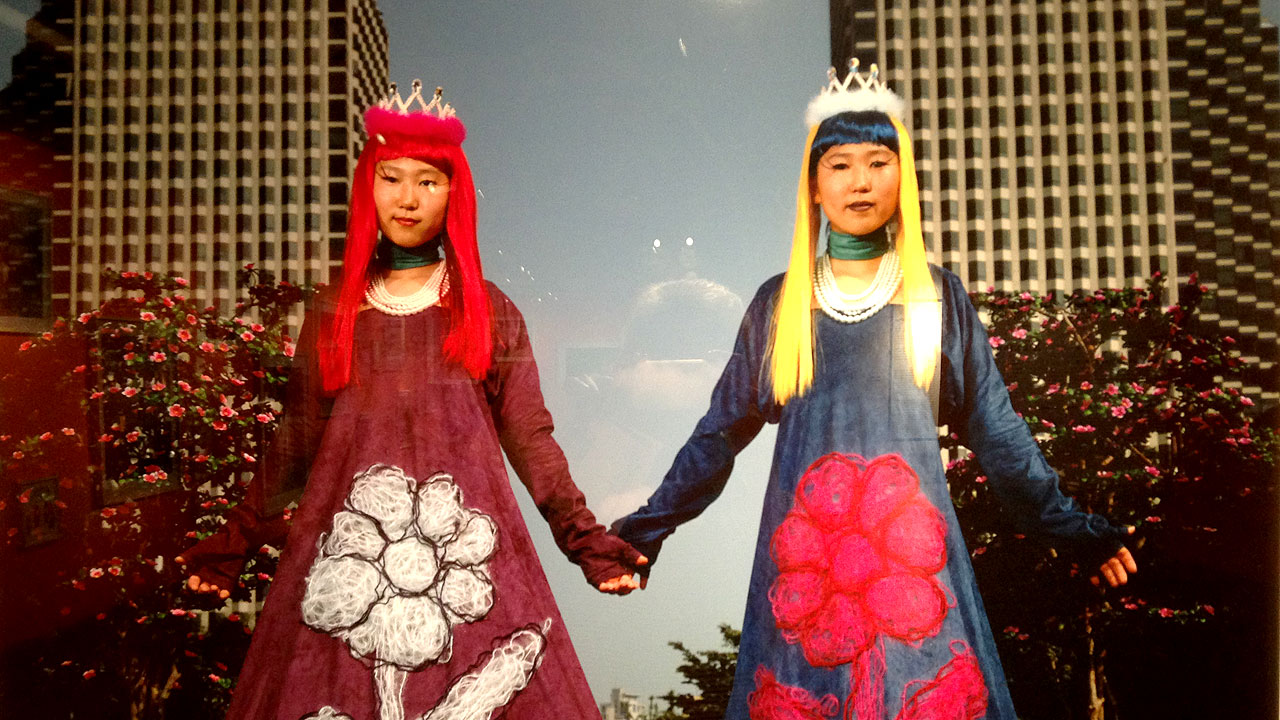To no one’s surprise, two of the world’s only “art malls” are found in China. They’re called the K11 art malls, and they are (of course) part of a brand. The owner is a certain Mr. Adrian Cheng — corporate executive, art lover, and already one of the richest men in the world. The first K11 cut its ribbons in Hong Kong three years ago. The second followed in Shanghai in February of this year. Both have been received very well by the public and media alike. The K11 art malls’ success seems to stem from the fact that shoppers love being able to hunt for a pair of Margiela mirror sneakers while surrounded by the cool glow of LED tableaus and Koons-ian sculptures of giant pillows. Art, apparently, does wonders for commerce.

The central conceit of the K11 art malls is to embed works by local artists into the hallways, walls, ceilings and benches of the mall itself, thereby encouraging unsuspecting browsers to interact with art they would otherwise never seek out themselves — because they’re stuck in an elevator with it.
Shanghai’s K11 sits on Huaihai Middle Road, one of the city’s main arteries that connects the Bund and the French Concession neighborhoods. The very entrance of the mall stood out from the jumble of storefronts lining the bustling commercial street. Right from the start, I was steeped in an aura of whimsy: a fractalized glass dome curved around the main doors, birds chirped from hidden speakers, a butterfly sheared from leaves hovered above the Bally store. Clearly, we weren’t in Giant Chinese Megamall Land anymore.
Once inside, I thought I’d gravitate towards the art works scattered around each floor, but my eye was instead distracted by shelves of tribal-patterned canteens, beaded detachable collars and lace gloves — products officially classified as “affordable luxury,” or just cool shit slightly out of your budget’s reach. Finding the actual art turned out to be challenge. I wasn’t sure whether a cage weaved out of neon yarn was merely part of a shop’s decor, or actually a work of commissioned art. This made me give everything colorful and eye-catching a second look. Which, I’m pretty sure, was the point.
After wandering around manically, tugging at my friend’s sleeve, asking over and over again, “Do you think this is supposed to be art?” I gave up and headed downstairs to the K11 Art Foundation. The mission statement on the wall read: “K11 Art Foundation is a charitable institution that serves as a springboard where young emerging artists from Greater China are nurtured and their creative ideas and contribution to humanity globally manifested.” Meanwhile, the razor beats of French electro outfit Boys Noize thudded in the background.
The basement-level space housed two boutiques selling MoMA Design Store-ish tchotchkes, and the rest was devoted to several large exhibitions, all distinguished by their extreme accessibility. It is impossible not to marvel at the cleverness of Korean artist Jung Yeondoo’s Wonderland (2005), an elaborate, phantasmagorical photo series based entirely on literalizing children’s drawings.

Similarly, the delicate illustrations of pearl-draped animals by Chinese artist Bei Bang seemed ripped from the pages of a Nylon magazine spread. Kaarina Kaikkonen, one of Finland’s foremost environmental artists, even assembled an installation out of hundreds of second-hand shirts and pants, constructing an awe-inducing silhouette of a 19th-century schooner. “This is very interesting,” announced a Chinese man who squatted in the same pose next to every piece he photographed himself with. “I wonder if she washed the clothes before.”

The real motive behind splattering giant drips of paints on the walls, or shoving a copper cast of Damien Hirst’s Wretched War next to a cashier, became clear as soon as I walked out of K11, back into the sunny afternoon. All of this contemporary art — so sleek, so interesting, so relevant — imbues the mall’s endless vistas of clothing racks and escalators with a sense of authenticity. Or at the very least, aesthetic pleasure. It’s creative window dressing taken to the extreme. It’s using (actually very remarkable) art as advertising, so that the mall is not so soulless anymore.

Instead, shopping here is entertaining, a cultural experience, maybe even passes as “cool.” This is something that endless loops of pop music, celebrity appearances, free manicures, and all the other sly little tricks that other malls employ cannot accomplish. Because this is something only art — and, in this case, accessible art — can do.
And if Mr. Cheng, who plans to build 19 such clever capitalist structures all over China in the next five years, succeeds, he’ll have created a business model so genius, it won’t be long until art malls hop over to our shores.
New York-based Michelle Lhooq has written for Vice, the New Inquiry and Hyperallergic. Photos: Michelle Lhooq/ANIMAL New York.



